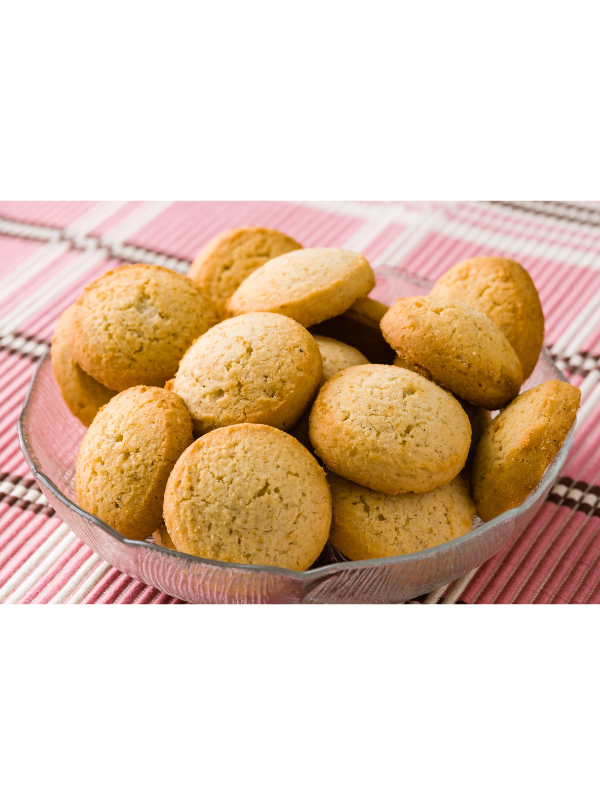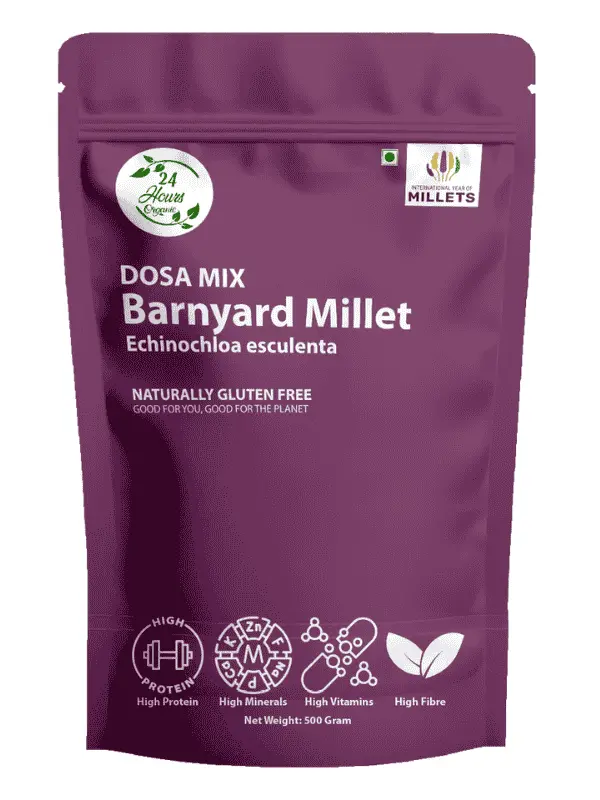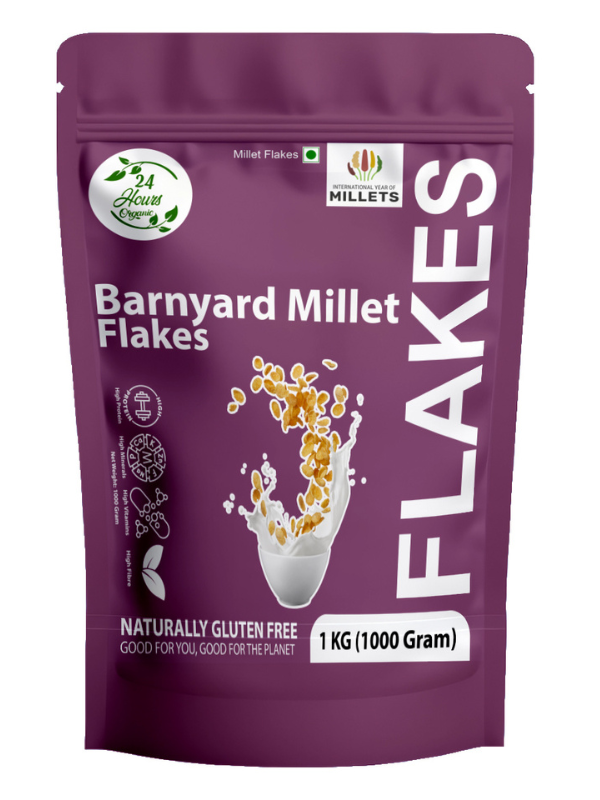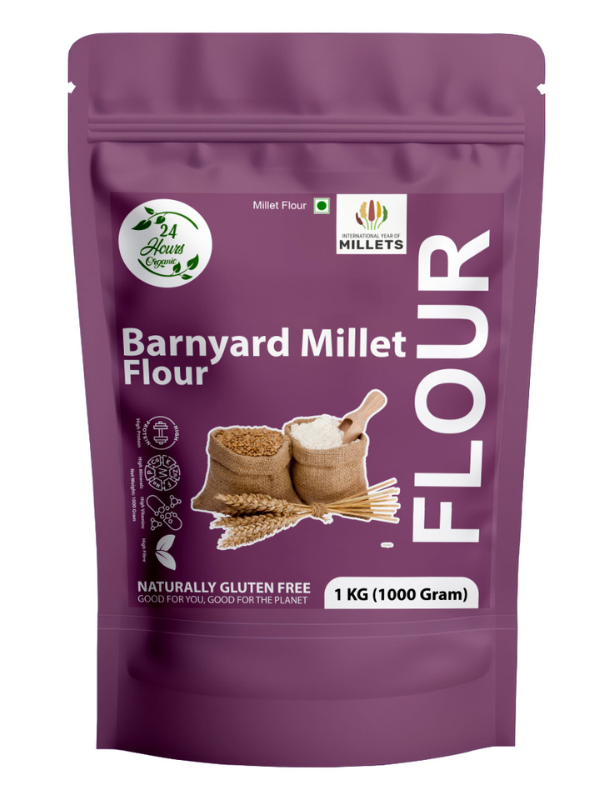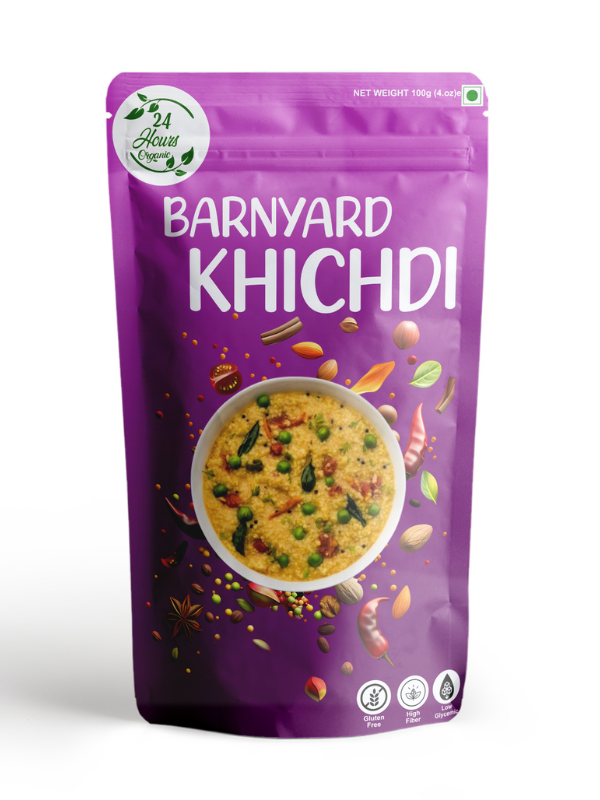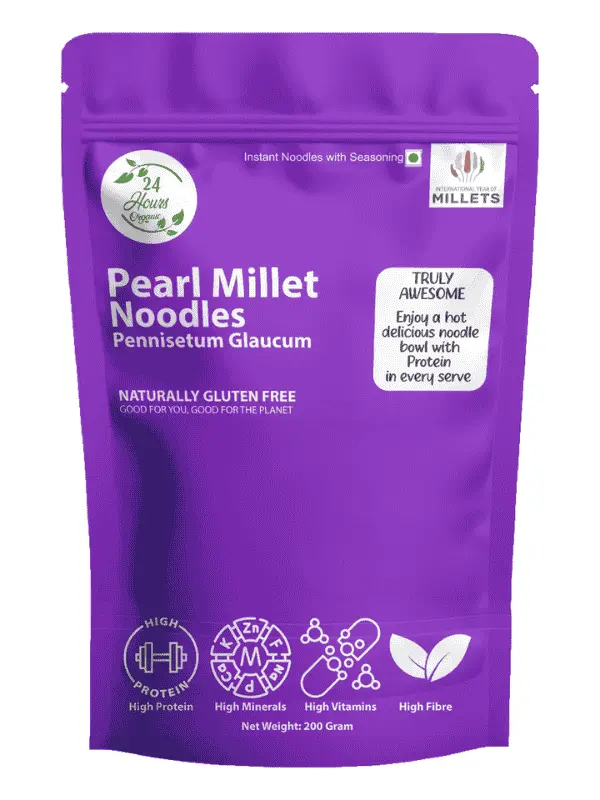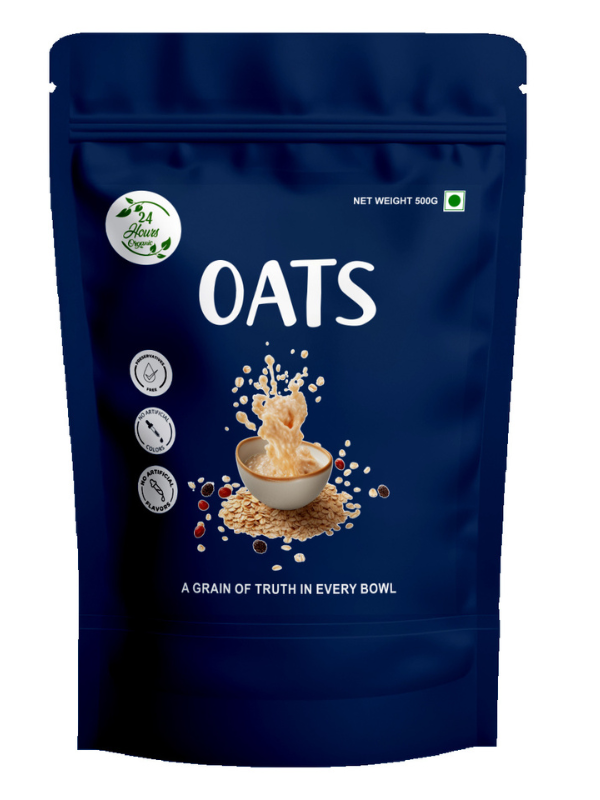Millets are a group of nutrient-dense ancient grains known for their low glycemic index (GI), high fiber, and rich mineral content. For people managing diabetes, choosing the right type of millet can help control blood sugar levels while improving overall health.
Which Type of Millet Is Good for Diabetes?
Not all millets have the same effect on blood sugar. Some varieties are particularly beneficial for diabetes management due to their slow-digesting carbohydrates and high dietary fiber. Below are the top millets recommended for diabetics:
1. Foxtail Millet
- Low glycemic index (around 50)
- Rich in dietary fiber and protein
- Helps regulate blood sugar and cholesterol
2. Barnyard Millet
- Very low GI compared to rice and wheat
- High in resistant starch, supporting slow glucose release
- Good for weight control and blood sugar management
3. Little Millet
- Packed with antioxidants and minerals
- Lowers the risk of sudden sugar spikes
- Easy to digest and versatile in cooking
4. Finger Millet (Ragi)
- High in calcium and amino acids
- Contains polyphenols that reduce oxidative stress
- Helps control cravings and improves satiety
5. Pearl Millet (Bajra)
- Rich in magnesium, which enhances insulin sensitivity
- High fiber supports slower digestion
- Keeps blood sugar stable after meals
Benefits of Eating Millets for Diabetes
Including millets in a diabetic-friendly diet offers several advantages:
- Low Glycemic Index: Prevents sudden spikes in blood glucose.
- Rich in Fiber: Improves digestion and keeps you full for longer.
- Packed with Nutrients: Supplies essential vitamins and minerals.
- Supports Weight Management: Helps in controlling obesity, a major risk factor for diabetes.
Tips for Adding Millets to Your Diet
- Replace white rice with foxtail or barnyard millet.
- Make millet rotis, dosa, or porridge for a healthy twist.
- Combine millets with vegetables for added nutrition.
- Start gradually to allow your body to adapt to high fiber.
Conclusion
When it comes to which millet is good for diabetes, options like foxtail, barnyard, little, ragi, and pearl millet stand out as the most effective. They provide slow-releasing energy, improve insulin response, and support overall health. By making millets a part of your daily meals, you can manage blood sugar naturally and enjoy a healthier lifestyle.
Frequently Asked Questions (FAQs)
1. Which millet is good for diabetes?
Foxtail, barnyard, little, finger millet (ragi), and pearl millet (bajra) are considered the best options for managing diabetes.
2. Can diabetics eat millet every day?
Yes, diabetics can eat millet daily in moderate amounts. It helps regulate blood sugar and provides essential nutrients.
3. Which type of millet has the lowest glycemic index?
Barnyard millet has one of the lowest glycemic index values, making it highly suitable for diabetics.
4. Is millet better than rice for diabetes?
Yes, millet is better than white rice because it digests slowly, releases glucose gradually, and helps prevent sugar spikes.
5. How can I include millet in my diet?
You can replace rice with millet, prepare millet rotis, dosa, porridge, or mix them with vegetables for a balanced meal.


